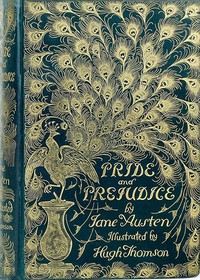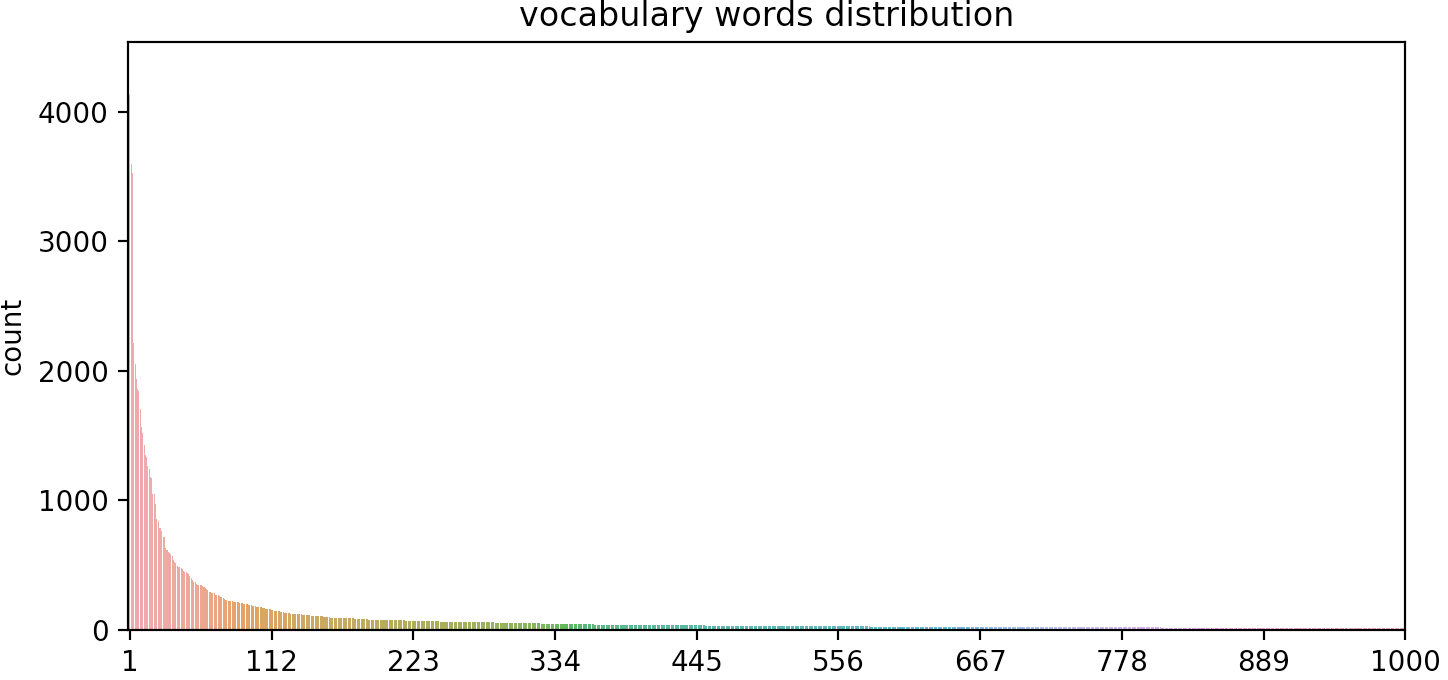We simply built n-gram models which are simple baseline language models. More precisely we built bigram and trigram models. Raw n-gram models cannot be evaluated on a test set as they overfit training text data too much. Hence it is required to use a smoothing technique (regularization). We chose an intuitive one by computing the convex mixture between an ngram model and the uniform distribution over vocabulary as the convex mixture of probability distributions remain a probability distribution.
As for dataset we simply used the book Pride and Prejudice of Jane Austen which appears to be the most downloaded ebooks from Gutenberg project.
We then performed 2 tasks:
- language model evaluation by computing perplexity on test set
- text generation using raw bigram model
Data: ebook Pride and Prejudice by Jane Austen
Training: 60 first chapters roughly 125 000 tokens
Test: last chapter roughly 1250 tokens
We considered the 1000 most frequent words to buid our vocabulary. Those which were not among them were considered as being out of vocabulary and replaced by token in data set. Hence we had 13.1% of OOV words among whole data set.
Without surprise we can observe Zipf's law on the plot of word frequencies.
Raw data sample:
“How so? How can it affect them?”
“My dear Mr. Bennet,” replied his wife, “how can you be so
tiresome! You must know that I am thinking of his marrying one of
them.”
We only performed basic NLP preprocessing as we want to model language properly.
Training data sample:
<S> how so how can it <OOV> them </S> <S> my dear mr bennet replied his wife how can you be so <OOV> you must know that i am thinking of his marrying one of them </S>
Here is the list of models we designed:
We used perplexity which is the usual metric to evaluate language models, whose formula is the following:
| Model | Mixture parameters | Perplexity on train set | Perplexity on test set |
|---|---|---|---|
| Smoothed bigram | lambda = 0.2 | 44 | 91 |
| Smoothed trigram | lambda = 0.5 | 14 | 180 |
| bigram/trigram mixture | lambda = 0.2, alpha = 0.8 | 17 | 84 |
sample of generated text:
<S> i cannot bear to speak with the <OOV> must be <OOV> by <OOV> for myself with grateful respect towards anybody connected with his sister and with more <OOV> than i <OOV> said in a tone which had always <OOV> about him </S> <S> </S> <S> oh my dear father i <OOV> other <OOV> elizabeth hoped it might <OOV> <OOV> you may suppose of my <OOV> till <OOV> put an end to by any <OOV> appearance of composure elizabeth merely <OOV> but though not in her little <OOV> <OOV> and the evening would <OOV> have been a <OOV> of
sample of generated text:
<S> upon my word sir cried elizabeth </S> <S> oh dear yes but <OOV> imagine it was not able to <OOV> that his character for it however at her entrance she was reading a <OOV> excuse for not having done thus much there is no <OOV> to be <OOV> near the <OOV> that you <OOV> were removed and the <OOV> of some one else elizabeth at that moment i may <OOV> his mind was not <OOV> a kind to make his <OOV> to charlotte’s first <OOV> is ever to see many young men too that she had




